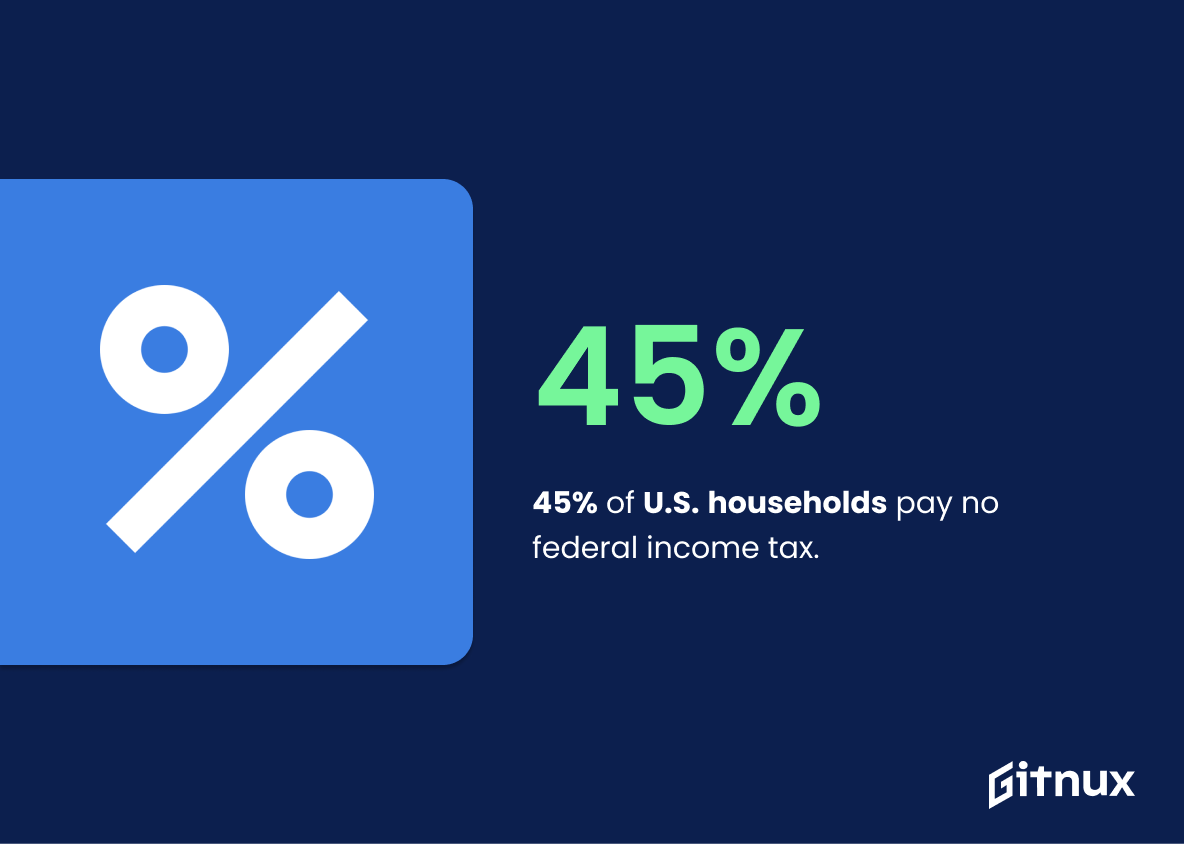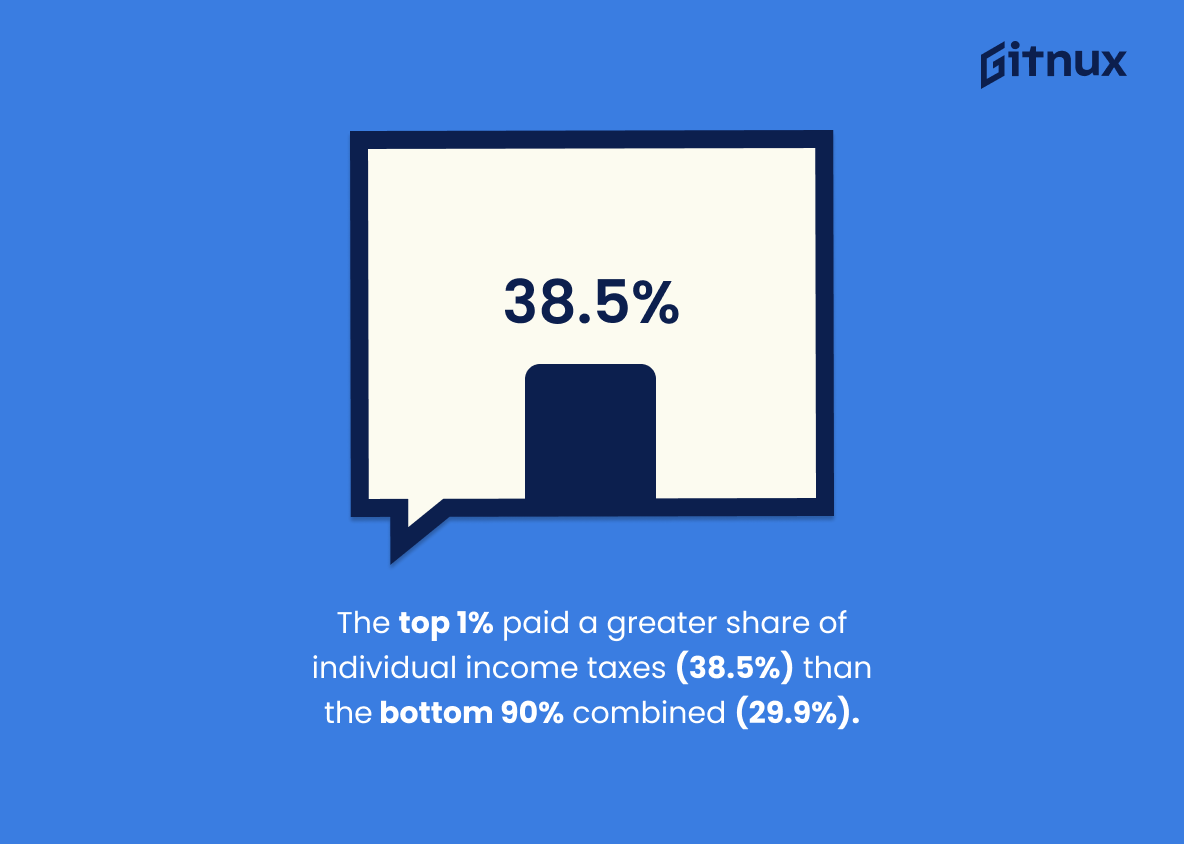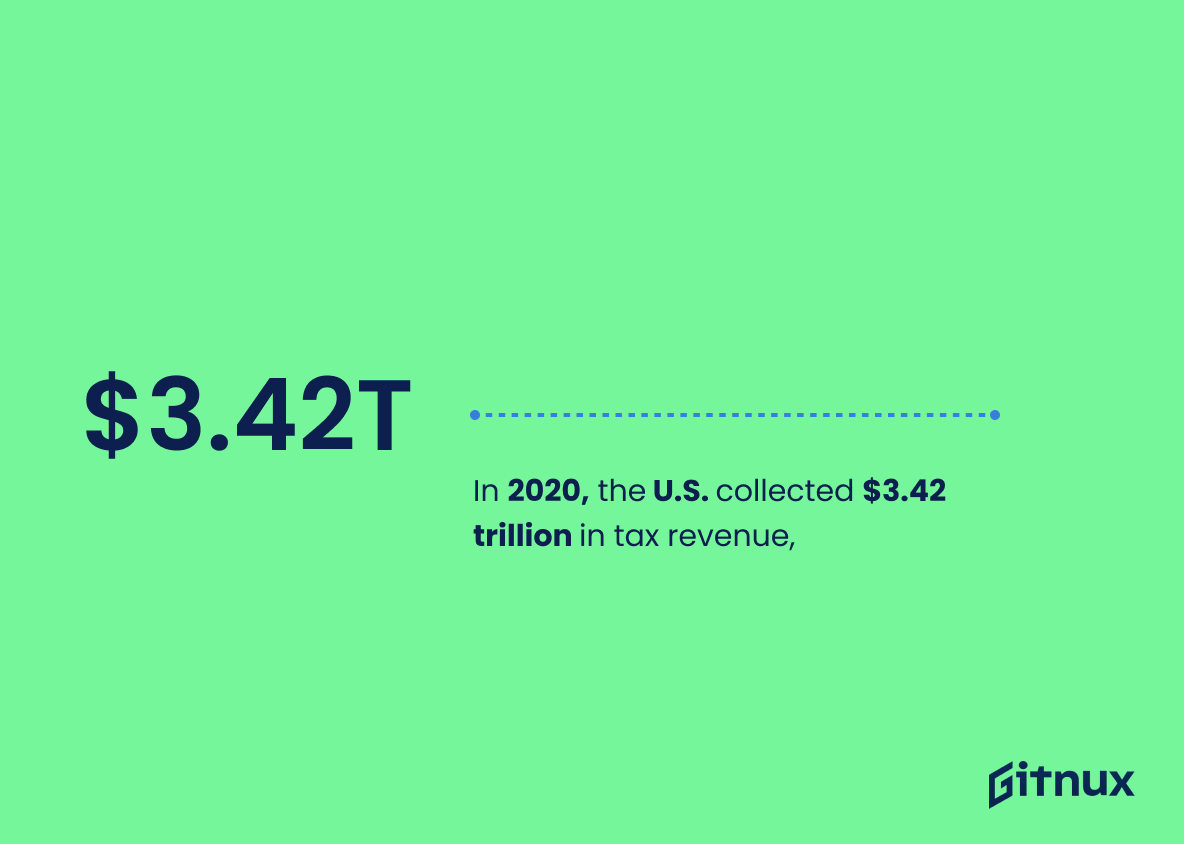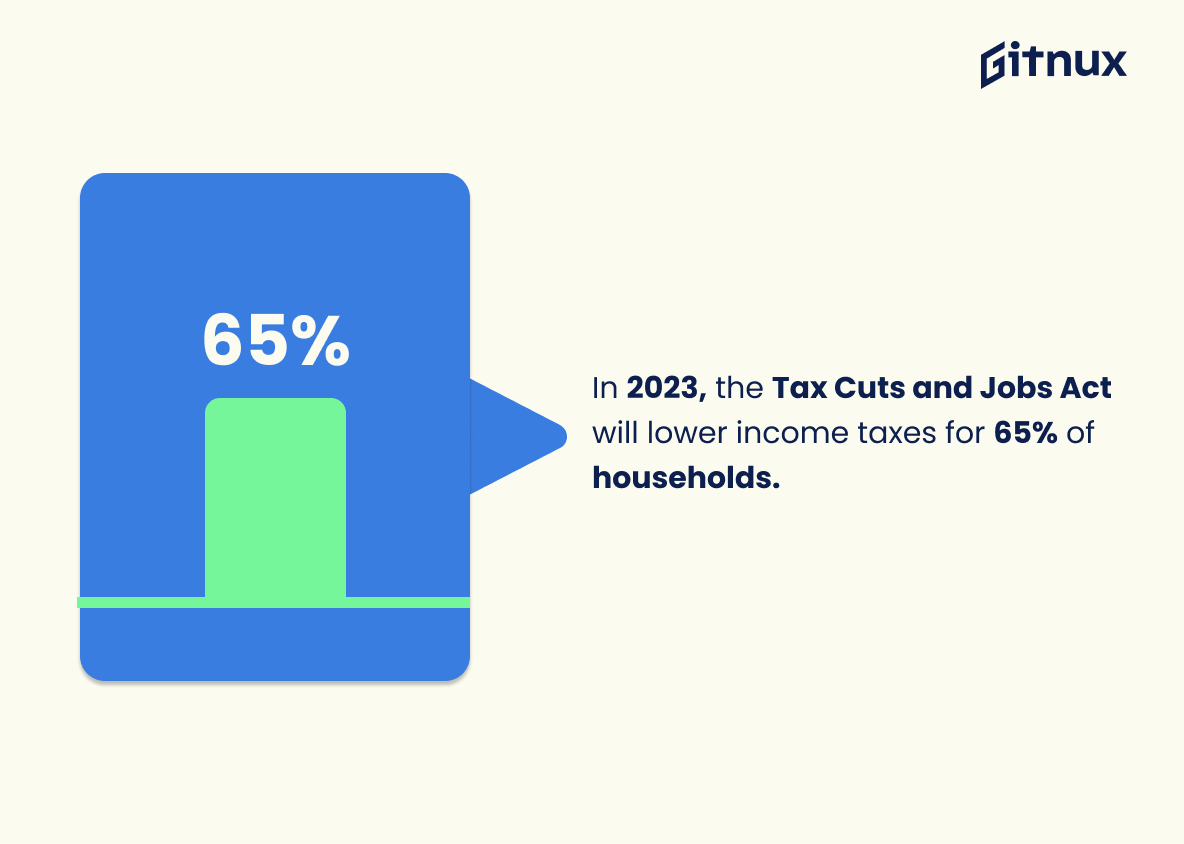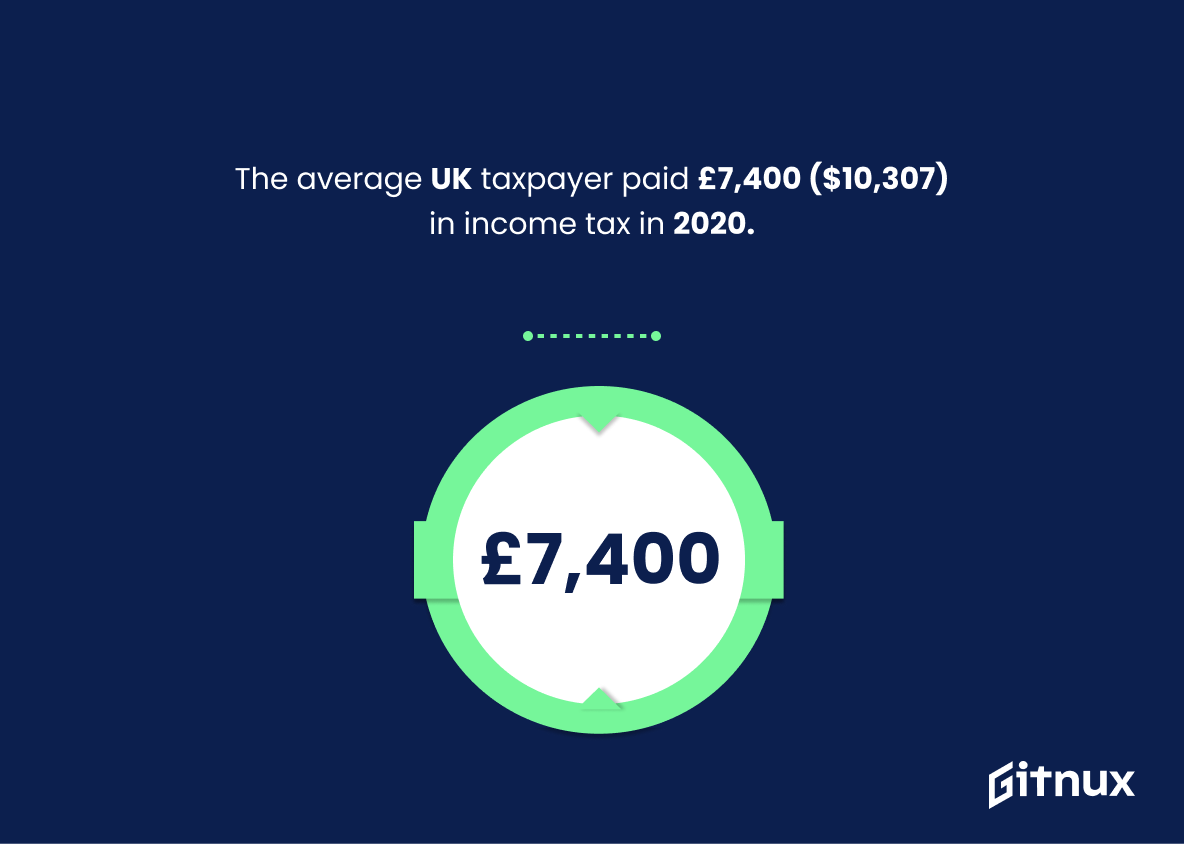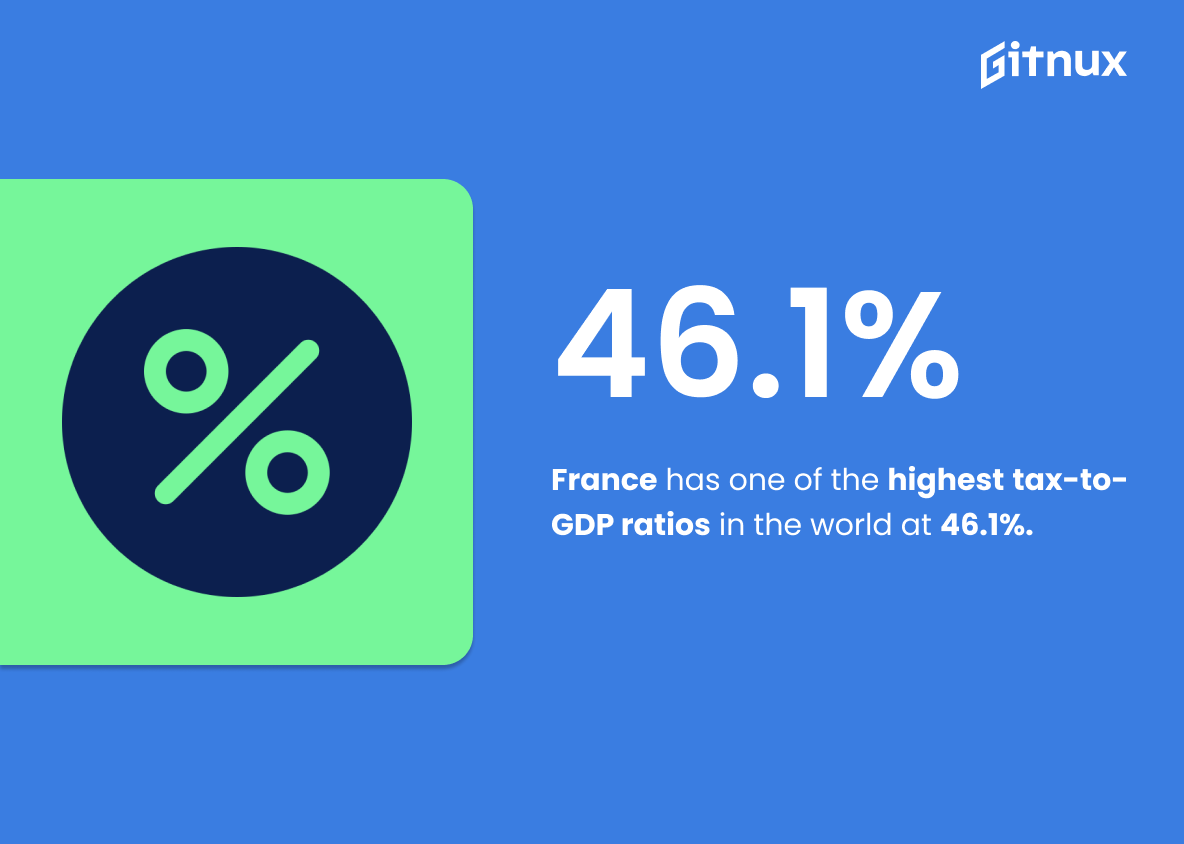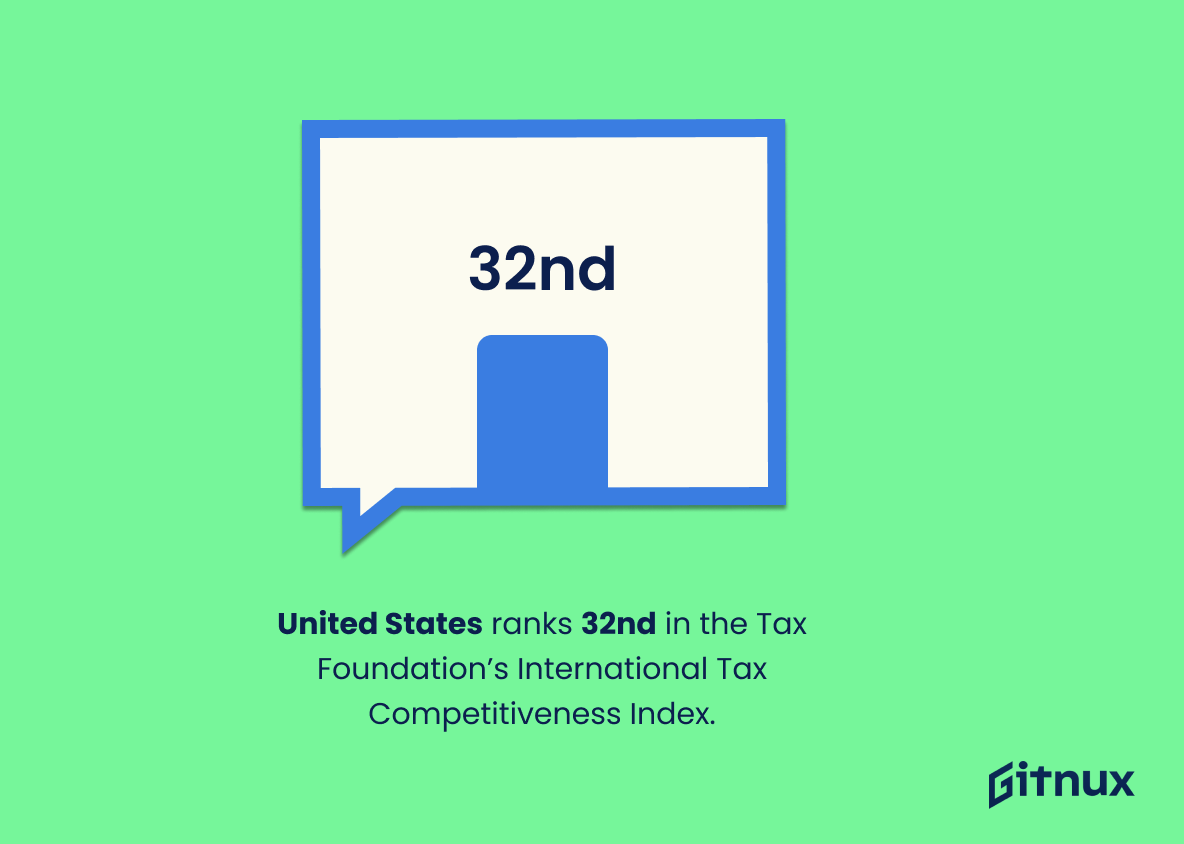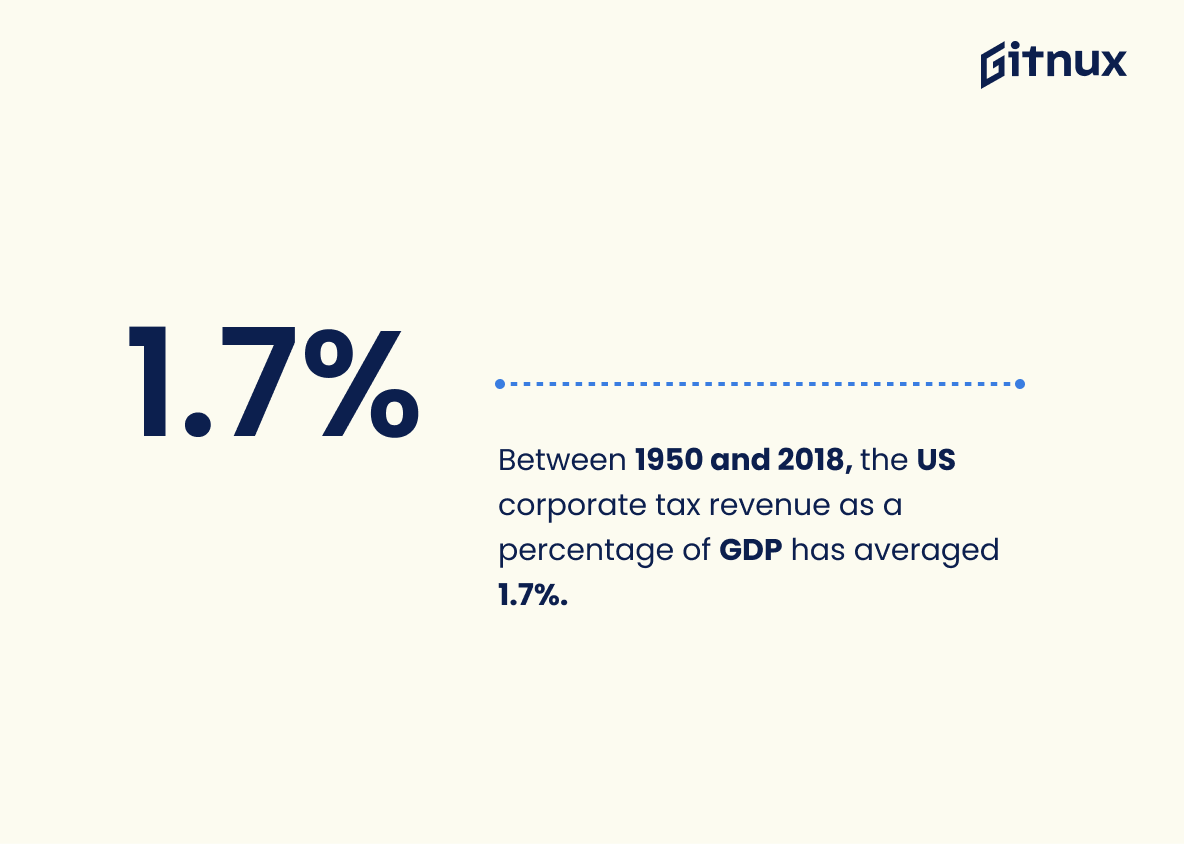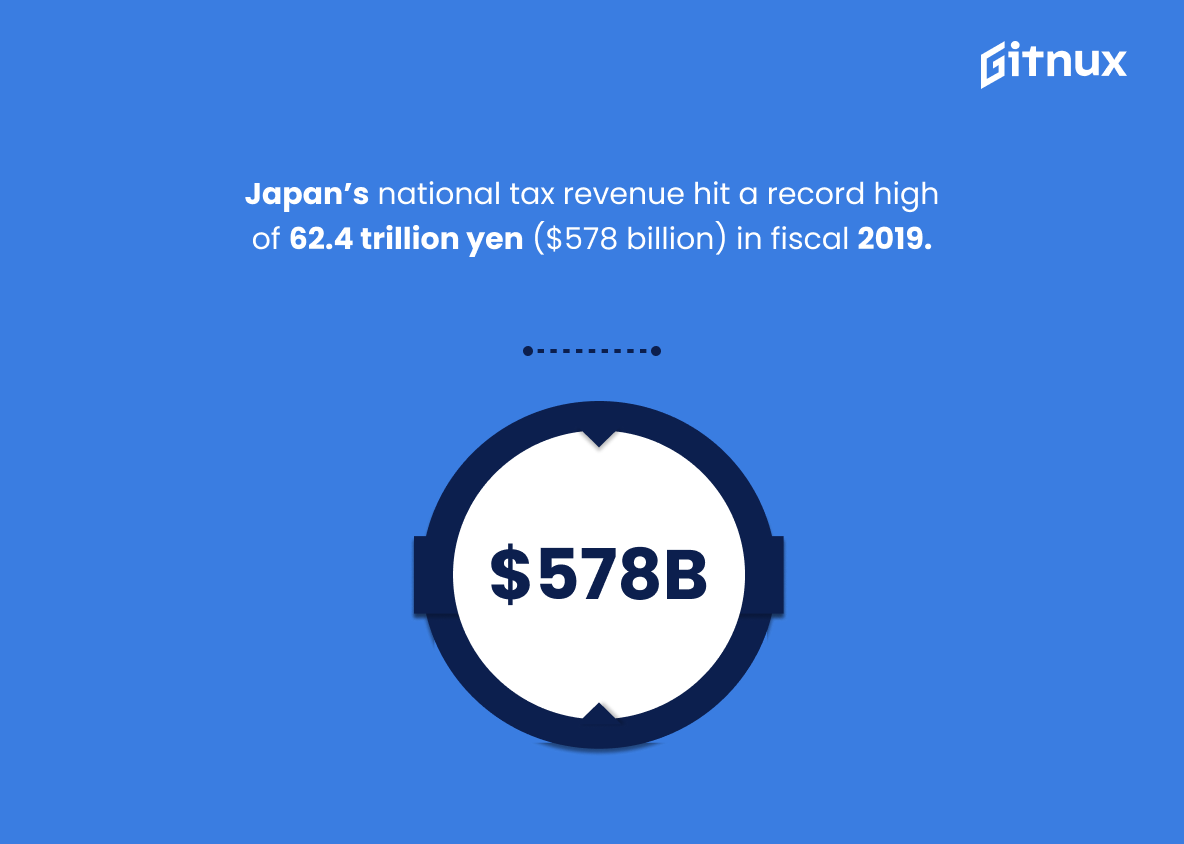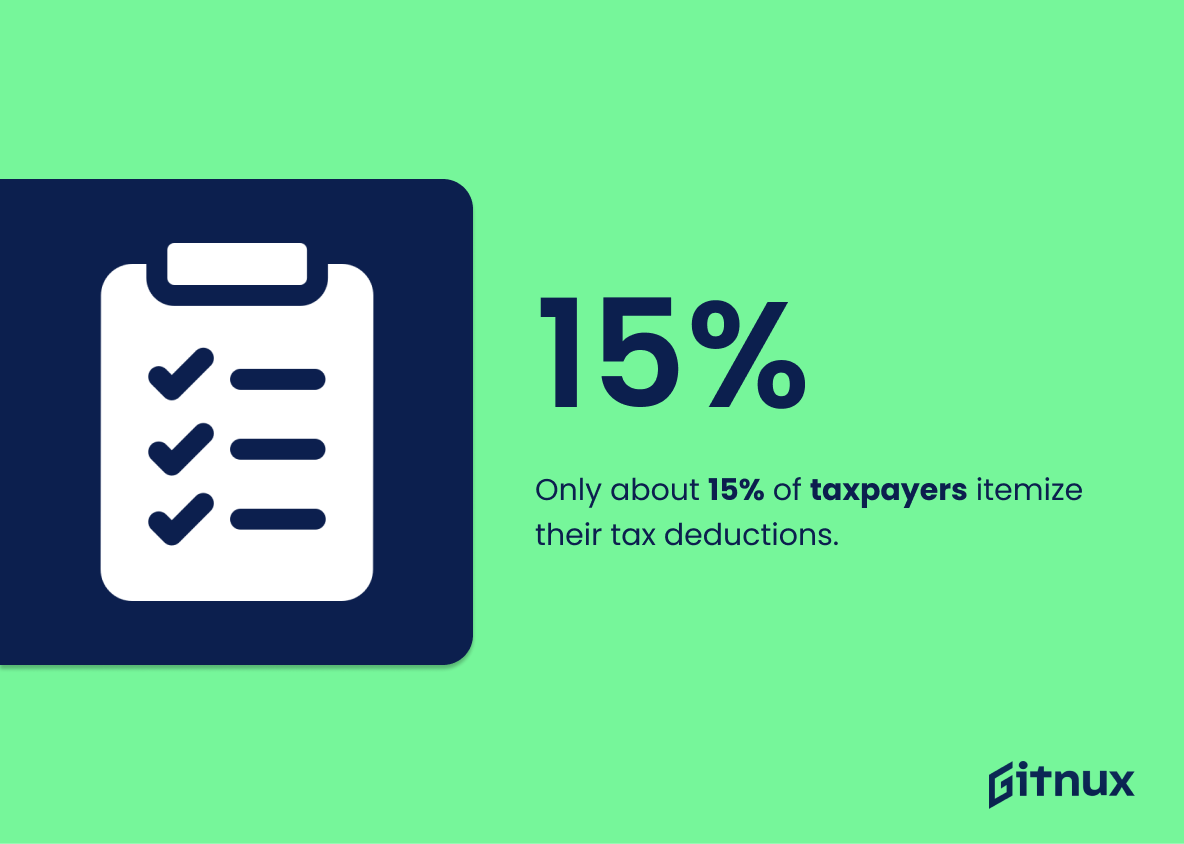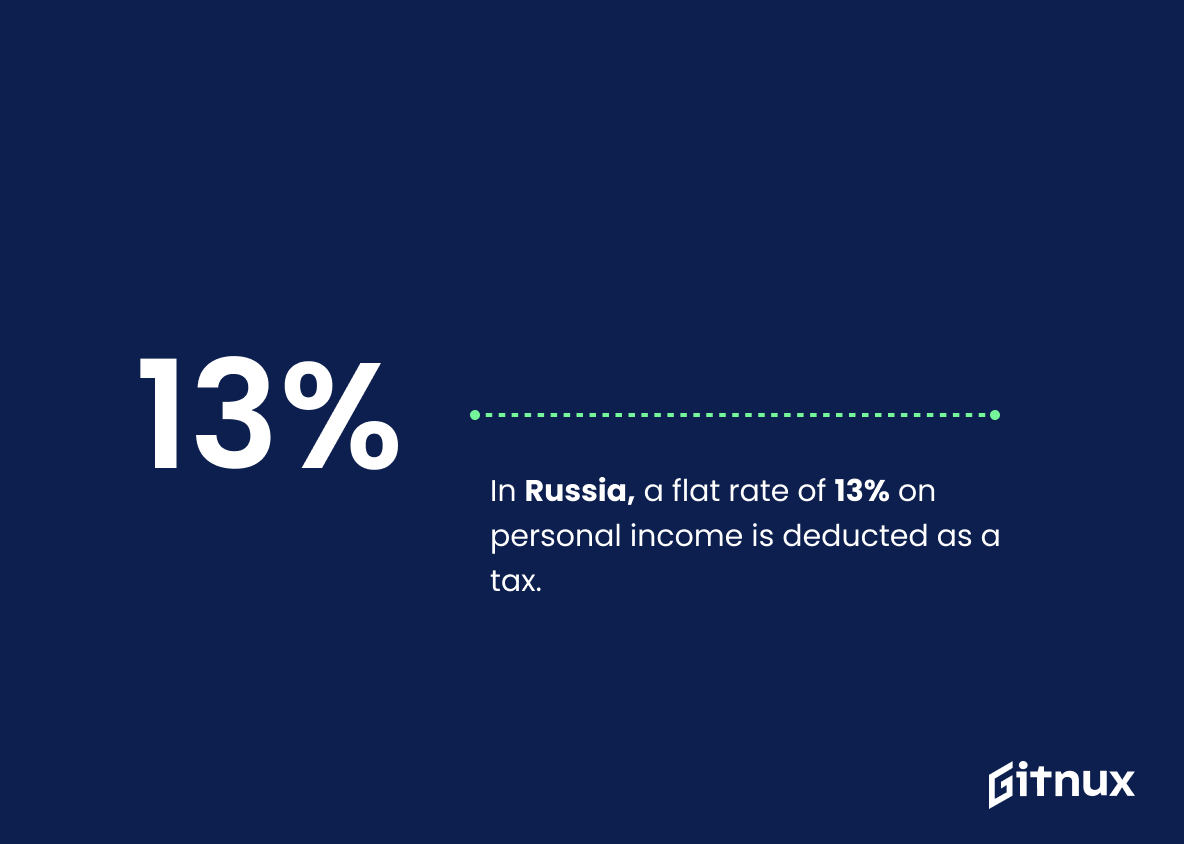Whether you’re a veteran entrepreneur, a budding business owner, or an individual taxpayer, understanding tax statistics is vital in your financial journey. In an ever-evolving economic landscape, tax policies can significantly impact both personal income and business revenue. As complex as they may seem, these figures hold the key to strategic financial planning and sound decision-making. This blog post will delve into the intriguing world of tax statistics, providing informative trends, insightful analyses, and critical implications. Prepare to uncover the lesser-known facts about taxes and how they shape and impact our financial bearings.
The Latest Tax Statistics Unveiled
45% of U.S. households pay no federal income tax,
Diving into the heart of our exploration of tax statistics, the fact that ‘45% of U.S. households pay no federal income tax’ stands as a striking revelation. This notable datum emerges like a beacon in the night, casting a reflective light on the nuanced structure of our tax system. It propels you to contemplate the distribution of our tax burden, acting as a mirror to societal inequities and helping dissect possible factors such as differing income levels, tax credits, deductions, and policy loopholes. It places under scrutiny the proportionality and fairness of taxation, igniting conversations about tax reforms. At the same time, it provides a resounding throwback to the labyrinthine nature of taxation, reframing our understanding of who funds public services and infrastructure and, by extension, underscores the way our democracy is financially underpinned.
The top 1% paid a greater share of individual income taxes (38.5%) than the bottom 90% combined (29.9%),
Delving into the startling depths of tax statistics, we stumble upon a pinnacle fact that significantly illuminates the existing tax dynamics. This captivating datum states that the elite 1% contribute a beefy share of 38.5% towards individual income taxes, remarkably overpowering the mere 29.9% contribution pooled in by the vast 90% at the bottom. In a web of fiscal exchanges, this percentile play shines light on the complexities of tax contribution disparities. Notably, it underlines the significant tax burden shouldered by the affluent and the potential tax policy effects on income redistribution. Furthermore, it stems a crucial conversation about the role of progressive taxation, tax fairness, societal wealth distribution and can ignite debate about the undercurrents of tax reforms. Lastly, this statistic might foster a deeper understanding among readers regarding the revenue source of government and inform their perspectives on prevailing economic disparities.
In 2020, the U.S. collected $3.42 trillion in tax revenue,
By shedding light on the staggering $3.42 trillion tax revenue garnered by the U.S. in 2020, we can fully comprehend the enormous fiscal machinery that powers the world’s largest economy. This figure does not just represent a data point, but it helps illustrate the crucial role of taxation in funding public services, from education and healthcare to defense and infrastructure. It also sets a baseline against which changes in tax policy and tax revenue can be tracked, providing a valuable insight for anyone keen on understanding the nuts and bolts of the U.S. economy.
In 2023, the Tax Cuts and Jobs Act will lower income taxes for 65% of households,
Surveying the landscape of tax statistics, an exploration of the Tax Cuts and Jobs Act reveal a striking insight. Come 2023, a rather robust 65% of households will encounter a downward trend in income taxes. Not merely a dry statistic, this revelation shapes the public’s understanding of tax policy’s evolution and its wide implications. Through this lens, one can perceptively assess the fiscal changes unfolding over time, contributing to an educated dialogue on the economic shifts and how it impacts citizens’ pocketbooks. This importantly serves to unravel the often complex narrative spun around tax changes, offering a snapshot of how policy manifests in real terms for a majority of households.
The average UK taxpayer paid £7,400 ($10,307) in income tax in 2020,
Reflecting on the number ‘£7,400 ($10,307) in income tax paid by an average UK taxpayer in 2020′, it paints an integral part of the fiscal landscape. In the grand tapestry of tax statistics this nugget of information stands out as a central thread. It speaks volumes about the magnitude of financial contributions each citizen is making towards the nation’s coffers.
This number is a fundamental metric that reflects not just the financial burden shouldered by taxpayers, but also indirectly indicates the government’s approach towards personal income tax policies. It can be used as a mirror to reflect upon the government’s endeavours towards equitable income distribution and tax fairness, projecting the complex interplay between earnings and public duties.
Furthermore, this statistic can serve as a comparison point among different years, helping to sketch the historical and evolutionary trajectory of taxpayers’ liabilities. It’s a firm anchor point in our exploration of tax statistics, enabling us to sail through the tides of numerical data with a sensibility of the monetary exchanges taking place between individuals and the state.
France has one of the highest tax-to-GDP ratios in the world at 46.1%,
Diving into the heart of the matter, the statistic of ‘France having one of the highest tax-to-GDP ratios in the world at 46.1%,’ paints a compelling picture on the taxation landscape across the globe. Elevating France to this position in globally comparative tax dialogues, it underscores how deeply enmeshed the tax system is within the French economy. If we consider GDP as the monetary reflection of national output, goods and services, this ratio is like an X-ray revealing just how significantly public funding from taxation fuels that output. More so, it offers a benchmark for comparing tax structures— a navigational beacon for tax analysts, policymakers, or readers interested in the tax mechanism. It becomes a probing point to delve further into fiscal strategies, socio-economic impacts or the distribution of tax burdens. This percentage sets the stage to examine intricacies of the French tax system, providing an informed backdrop to our ongoing discourse on Tax Statistics. Indeed, such statistics propel the conversation, cultivate understanding and create a knowledge base indispensable in shaping future tax systems.
United States ranks 32nd in the Tax Foundation’s International Tax Competitiveness Index,
Delving deep into the realm of tax statistics, we discover a compelling narrative where the United States stands at the 32nd position in the Tax Foundation’s International Tax Competitiveness Index. This placement is far more than just a ranking; it’s a reflection of the nation’s standing in the global tax ecosystem, a barometer of our tax policy health, and a gauge of our competitive edge.
In the context of a tax discourse, this revelation treats us to multifaceted insights. First, it offers an international perspective that enables us to compare and contrast the U.S. tax system with that of other nations, deepening our understanding, fueling intellectual curiosity, and opening doors for comprehensive discussions.
Secondly, it emphasizes the significance of tax competitiveness. A lower ranking suggests there’s a challenging landscape, that could be due to complex tax codes, higher corporate tax rates or less attractive incentives for businesses. Unpacking these reasons will facilitate a dialogue on potential tax reforms to enhance fiscal performance.
Lastly, it peels back layers on the impact of tax policies on economic growth and investment decisions. It advocates for the simplicity, neutrality, transparency, and stability of tax systems—values that can attract investment and spur economic growth. Leveraging this statistic paves the way for constructive arguments, enlightening debates, and transformative ideas, and brings forth tax strategies that could potentially lead to a better ranking.
Between 1950 and 2018, the US corporate tax revenue as a percentage of GDP has averaged 1.7%,
Artfully interwoven in the fabric of tax discourse, the statistic – ‘Between 1950 and 2018, the US corporate tax revenue as a percentage of GDP has averaged 1.7%,’ – illuminates an essential facet of American economic history. As the centrepiece of the narrative, this figure captures the fiscal landscape’s intricacies, providing a measurable index of the corporate sector’s contribution to the national gross domestic product over a prolific period.
Serving as a fiscal barometer, it maps out the corporate tax pattern, tracing its ebb and flow across nearly seven decades. This places the reader in the cockpit of economic steering, enabling them to survey the terrain of American economic policy and infer trends and periods of change.
Illustrating this statistic in a blog post about tax statistics isn’t just colorful embroidery, but it acts as a cornerstone, grounding discourse in concrete data that breathes life – and truth – into abstract concepts. Without it, the dialogue risks becoming unanchored, sailing into the sea of conjecture. Indeed, with such a statistic at its heart, the post invites its readers to engage more deeply with the realities of tax policy, enriching their understanding and conversations on the topic.
Spain collects around 34.5% in tax as a percentage of GDP,
In the intricate labyrinth of tax statistics, Spain’s collection of around 34.5% in tax as a percentage of GDP serves as a compelling beacon. It gives us a snapshot of the country’s fiscal health, like a financial selfie, if you will. This percentage illuminates the balance between Spain’s overall income and how much of it is channeled back into the system through taxes, thus affording us a bird’s-eye view of the state’s economic decision-making. It’s like the heart rate of a nation – a vital sign of fiscal policy outcomes. In the context of our blog post, it acts as an essential reference point when comparing and understanding international tax landscapes. It’s a key that deciphers the varied coding of global tax systems, unlocking comparisons, insights, and critical discussions.
Japan’s national tax revenue hit a record high of 62.4 trillion yen ($578 billion) in fiscal 2019,
Highlighting Japan’s record tax revenue of 62.4 trillion yen ($578 billion) in fiscal 2019 serves a compelling testament to the nation’s robust economy and provides an insightful perspective on revenue generation for our ongoing discussion on global tax statistics. Delving deeper into this numeric milestone not only enriches your understanding of the scope and efficiency of tax systems in different countries, but it also underscores Japan’s success in balancing economic growth with tax revenue collections. This instance facilitates exploration of various tax models and strategies employed across the world and fuels informed discussions on sustainable economic practices.
Only about 15% of taxpayers itemize their tax deductions,
Delving into the realm of tax statistics, you might stumble upon an intriguing nugget of information: a slim 15% slice of taxpayers engage in itemizing their tax deductions. Now, why would this pique your interest? To the untrained eye, it may appear as a small, inconsequential fraction. However, in the grand scheme, this small piece indeed hints at a broader narrative.
Unboxing this 15% allows us to comprehend the extensive game of tax evasion and tax efficiency played by taxpayers to safeguard their earnings. It offers insights into the extent of financial savviness among taxpayers and their willingness to navigate complex tax procedures for potential financial gain.
Additionally, it highlights the potential for increasing the engagement of taxpayers in seeking ways to minimize their tax burden, emphasizing the necessity for more accessible and comprehensive financial education to broaden this pool from a mere trickle to a major current.
Without forgetting, this percentage is also a valuable tool for policy decisions. Understanding why a staggering 85% of taxpayers choose not to itemize deductions can help implement policies that simplify tax filing procedures and increase tax compliance.
So you see, this unpretentious figure of 15% opens up a peephole into the labyrinthine world of taxes, their deductions, and the taxpayers’ intricate dance around them.
An estimated 11.3% of total reported gross income was not accurately reported to the IRS, resulting in an estimated tax gap of $441 billion per year (2011-2013),
Diving right into the heart of tax statistics, one remarkable statistic stands out like a beacon – an estimated 11.3% of total reported gross income was inaccurately reported to the IRS, culminating in a daunting tax gap of about $441 billion per year (from 2011-2013). This figure isn’t just a number, but a significant tax narrative that cautions about potential revenue losses and underscores a critical need to improve accuracy and compliance in income reporting.
With this statistic acting as a lodestar guiding our discussion, it opens up a pandora’s box of implications for both fiscal policies and personal tax liability. It reflects an undercurrent of tax loopholes, the sheer magnitude of underreported income, and highlights the potential resources that the government could harness for infrastructure development, educational advances, healthcare improvements or other public services.
Thus, this statistic transforms the presumably mundane domain of tax statistics into a captivating saga of fiscal responsibility, challenging the integrity of our financial systems. Its magnitude impels us to speculate more about the mechanisms of shaping more effective tax policies and how each individual can contribute to a more transparent, equitable tax regime.
In Russia, a flat rate of 13% on personal income is deducted as a tax,
Casting light on an international perspective, the 13% flat rate of personal income tax in Russia carves a vivid image of global variance in taxation. It offers a benchmark upon which to compare and contrast domestic tax systems, influencing conversations on fair practices, revenue optimization, and progressive versus regressive taxation. In establishing the context of a global taxation scenario, it aids in more nuanced and comprehensive understanding of the subject.
In 2020, only about 0.6% of US taxpayers were audited, according to the IRS,
In threading the pattern of the IRS’s scrutiny in 2020, a remarkable revelation unfurls – the IRS only audited about 0.6% of US taxpayers. This nugget of information serves as a barometer to gauge the frequency and intensity of tax audits conducted. For taxpayers, this sends a calming signal about the rarity of audits, potentially mitigating worries of unexpected checks. However, on the flipside, it voices concern over if optimal tax regulations enforcement is being attained considering the miniscule audit rate. From a policy perspective, this low audit percentage may beckon a re-evaluation of existing enforcement strategies and resources deployment for the war against tax evasion.
Conclusion
In conclusion, a deep understanding of tax statistics can be a powerful tool for both individuals and businesses. They provide crucial insights into economic trends, financial planning, and policy-making. Remember, tax statistics aren’t just numbers; they are a reflection of our economy’s health and a roadmap for future financial strategies. Staying updated with tax statistics helps us make well-informed decisions and ensures that we contribute to and benefit from the system in a fair and balanced way.
References
0. – https://www.www.statista.com
1. – https://www.www.taxpolicycenter.org
2. – https://www.www.cnbc.com
3. – https://www.www.japantimes.co.jp
4. – https://www.www.thebalance.com
5. – https://www.www.forbes.com
6. – https://www.taxfoundation.org
7. – https://www.en.wikipedia.org
8. – https://www.www.irs.gov
9. – https://www.www.internationaltaxreview.com
10. – https://www.www.standard.co.uk
